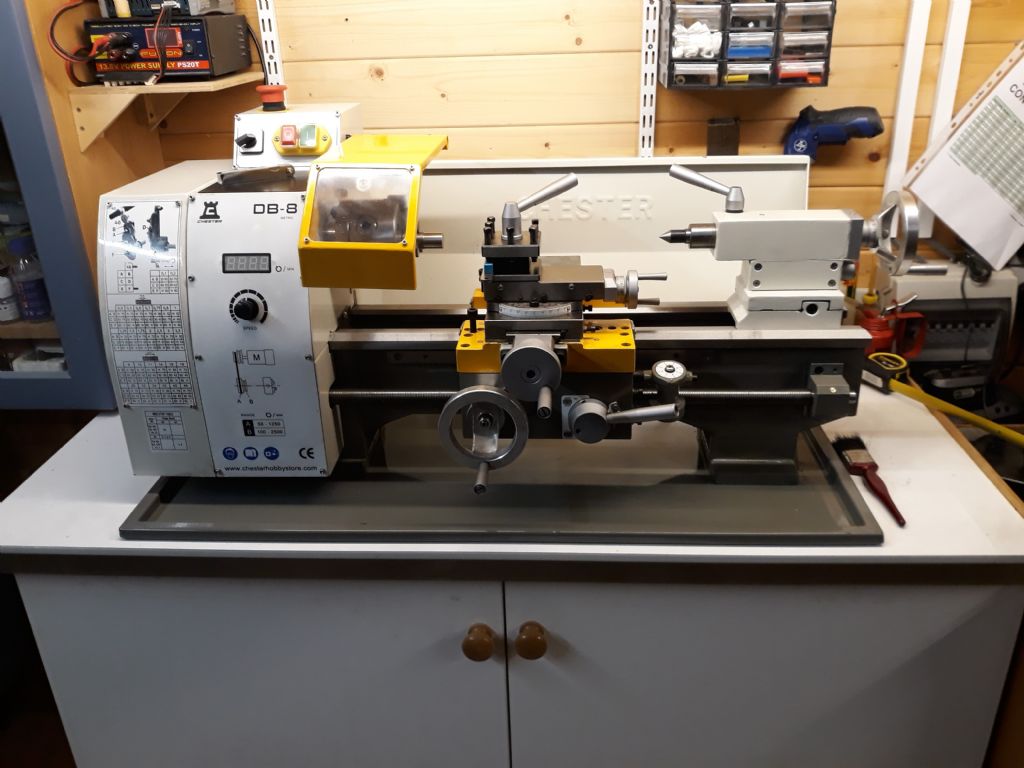Anything will oscillate if the exciting force is great enough. The object will oscillate at the frequency of the exciting force, but not necessarily be in resonance.
Everything has a natural frequency, it will only go into resonance if the exciting frequency coincides with the natural frequency.
As the frequency of the exciting force approaches the resonant frequency, the amplitude of vibration will increase dramatically, some times with fatal results at resonance.
This is known as the Dynamic Magnifier effect. If the equipment survives, the amplitude will decrease equally rapidly as the exciting force moves away from the resonant frequency.
Notice how, pushing a child on a swing can send them higher and higher, for little effort if the push is applied at the resonant frequency of the "child + swing" system. The exciting pulse arrives at the same time as the natural movement of the swing. Applying the force 180 degrees out of phase will bring things to a halt very quickly.
Racing motorcycles, and naturally aspirated engines sometimes make use of this. Indeed the two stroke engine often used an exhaust pipe tuned to resonate at the frequency of the port opening to scavenge the cylinder.
Similar tuning can be used to provide ram, for induction, at certain speeds, but not over a wide speed band.
Motorcycle racers used to tune the exhaust to "get on the meg"aphone. In the same way that car engines would "get on the cam" Being open handed, nature will ensure that if you halve or double the speed, the effect will be not negative back pressure, but positive, stuffing the exhaust back into the cylinder!
It was said that a steel (as opposed to air ) sprung lorry would overturn if it passed through the average UK roundabout at 22 mph. The rate at which the body rolled would be the same as natural frequency of the suspension, so that the roll increased so rapidly as to turn the lorry over.
Air suspension, which stiffens as load is applied, has a variable natural frequency, and so is less prone to such problems.
Howard
Gerhard Novak.






